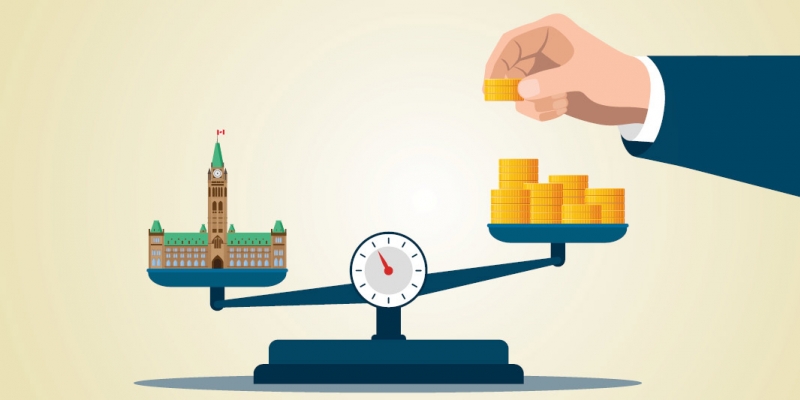A Case for Spending Restraint in Canada: How the Federal Government Can Balance the Budget
— Publié le 13, February, 2024

- Canada has seen a deterioration in the federal government’s fiscal situation since 2015. A distinct lack of spending restraint has resulted in a string of large budget deficits, which have contributed to rising government debt and debt interest costs.
- Despite current fiscal plans promising more of the same, the federal government could implement decisive spending reform starting in 2024/25, similar to reforms implemented in the 1990s, and balance the budget within one or two years.
- To balance the budget by 2026/27, the federal government would need to limit growth in annual nominal program spending to 0.3 percent for two years. This would translate to a 5.9 percent reduction in inflation-adjusted, per-person spending.
- Alternatively, the federal government could balance the budget in one year, by 2025/26, by reducing nominal program spending by 4.3 percent. Adjusted for inflation and population, this would be a 7.5 percent decrease. In 2026/27, the federal government could then record a $8.2 billion surplus even while increasing spending from the previous year.
- While this study does not provide an in-depth analysis of where potential savings should be found, research highlights three potential areas that could be targeted for spending reform: corporate welfare, aligning government-sector wages with those in the private sector, or eliminating government fiscal waste.



